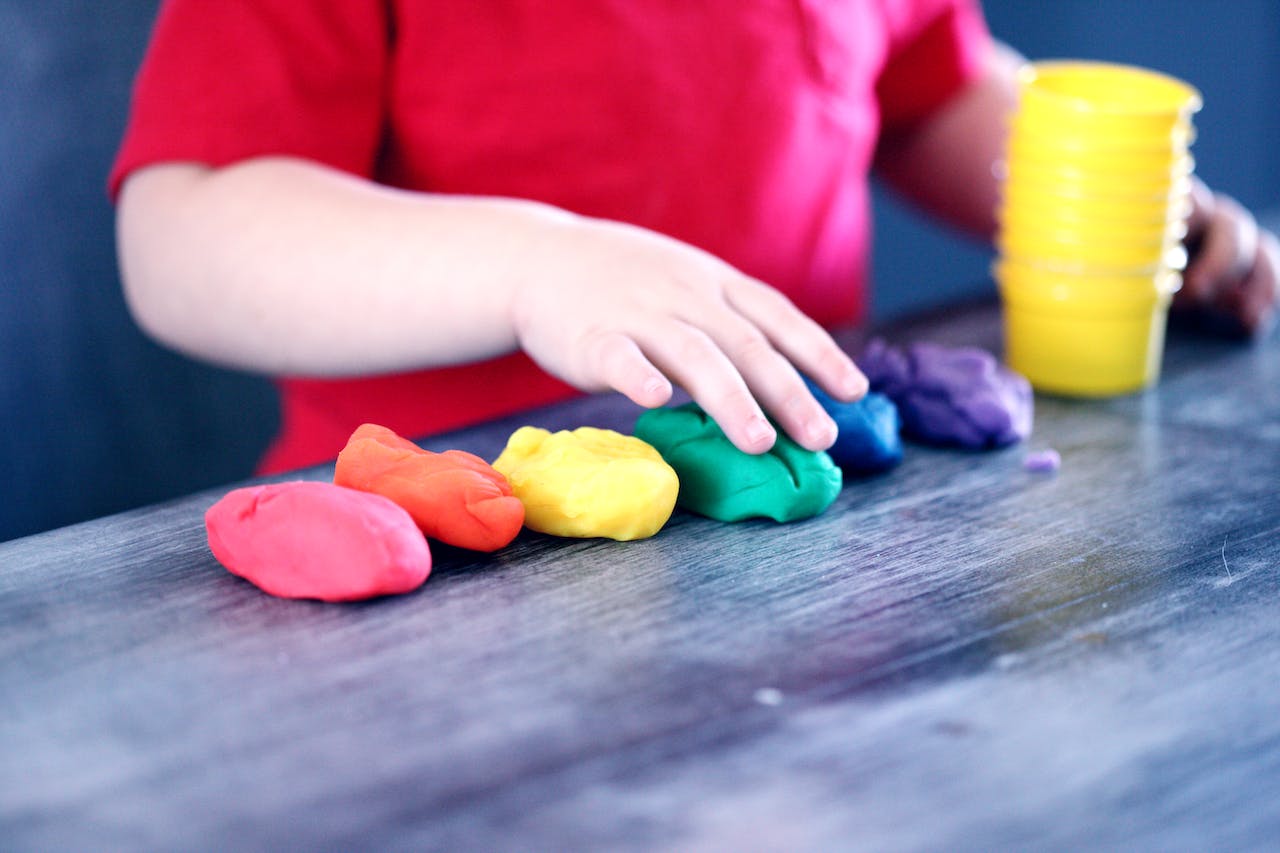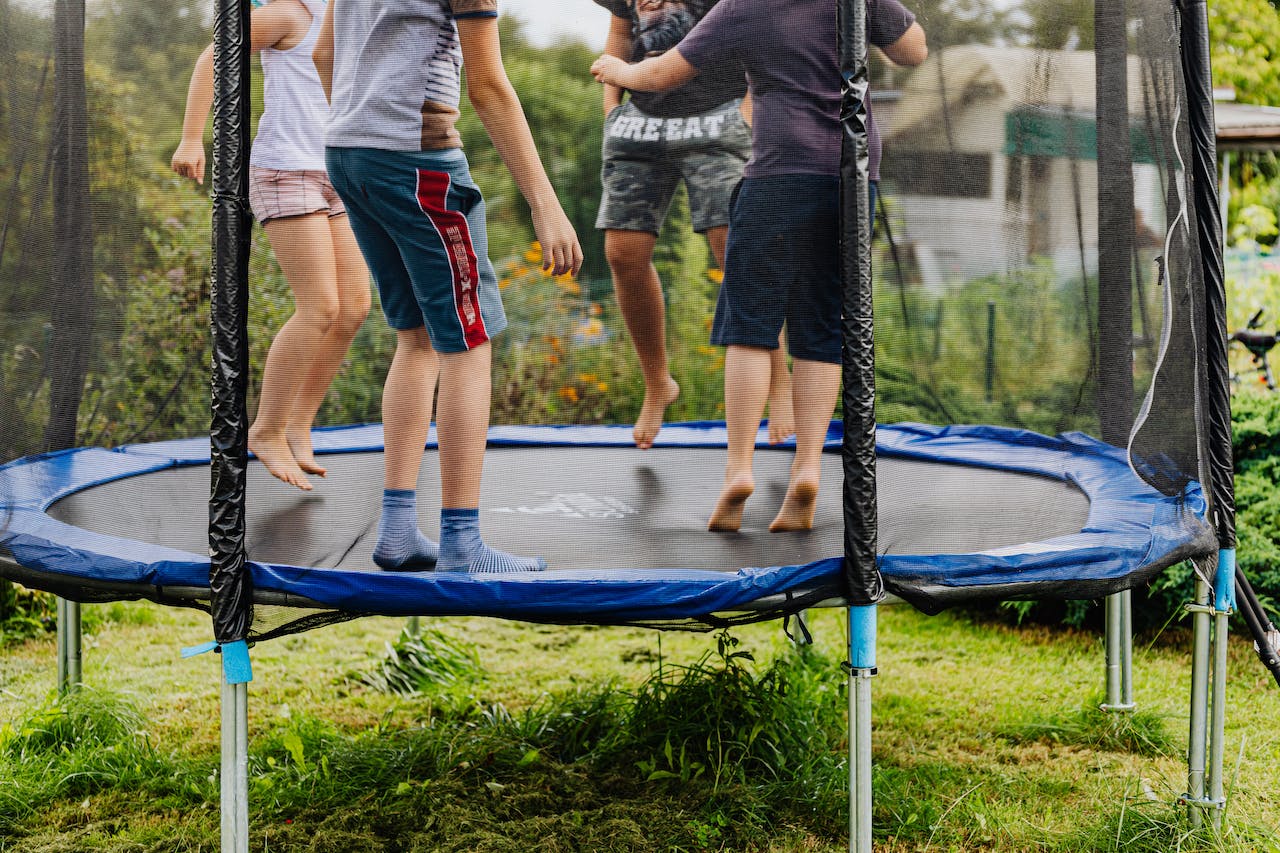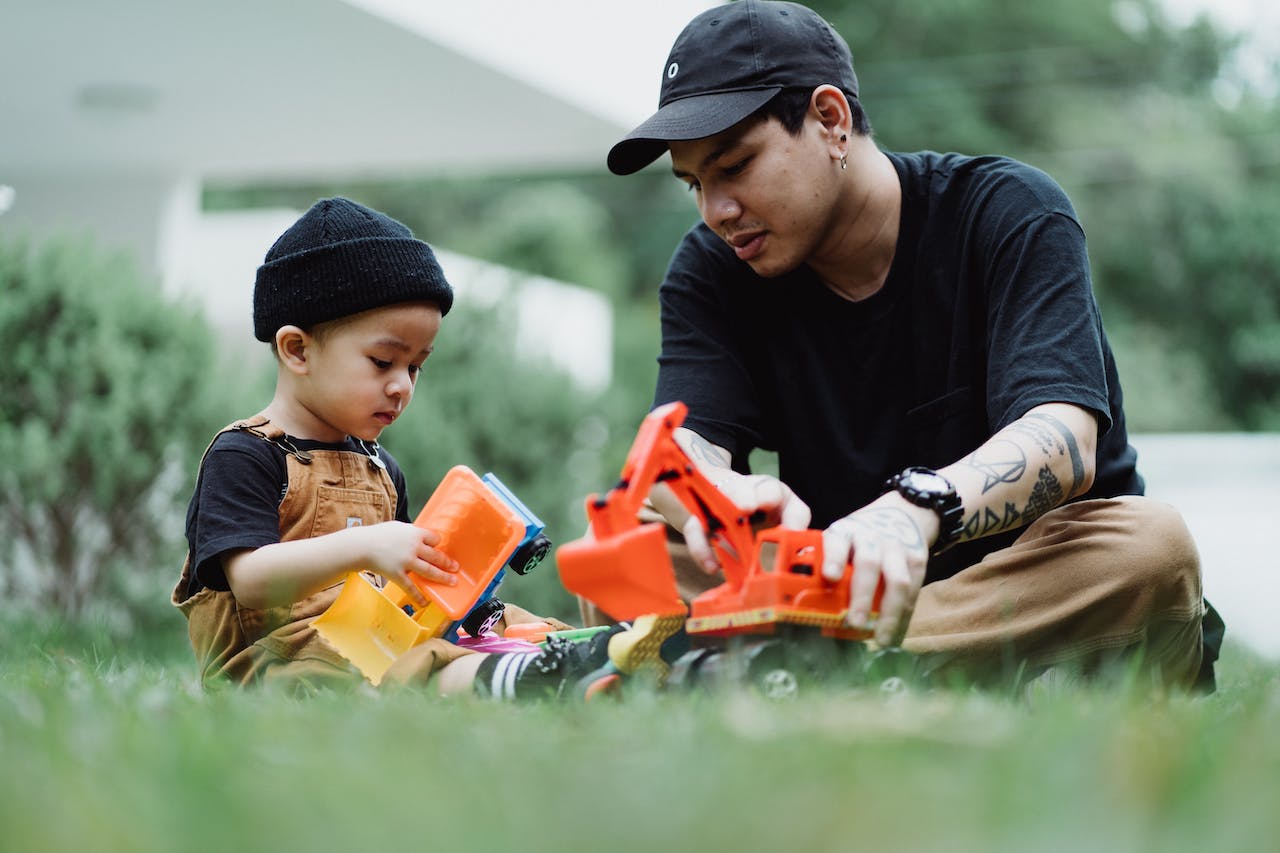Children are naturally curious beings. However, some children turn their curiosity, along with with their creativity, playful imagination, and enterprising attitude, into amazing inventions! It proves that smart ideas do not have to be confined by age.
Check out some of the everyday things that were invented by the 18-and-under set. You will be surprised and amazed at how brilliant these kids are. Hopefully, their stories may inspire the “inventor” in you.
1. Trampoline
Whether you are a kid or an adult, you cannot deny the sheer joy that you’d get when jumping up and down the trampoline. Well, thanks to this kid George Nissen for that! Nissen (b. 1914 – d. 2010), a gymnast, invented the trampoline when he was only 16. He came up with this creation after watching trapeze artists fall into safety nets underneath them, so he thought it would be cooler if they could bounce out of the net.
He had heard the word trampolin, which is the Spanish word for “springboard.” As Nissen developed his invention, he anglicized the name and trademarked it. He sold trampolines mostly through touring performances.
2. Popsicle
One of the most popular treats during the summer season is the popsicle – it is cool (also literally) and fun to eat! Like many awesome inventions, popsicles were created by mistake. In 1905, an 11-year-old boy named Francis William “Frank” Epperson (b. 1894 – d. 1983) accidentally left a cup of powdered soda, water, and stirring stick outside on a cold night. When he woke up the next day, he discovered to find the mixture freezing and solidifying, which became the frozen treat on a stick. In the same year, he began selling them as “Eppsicles.”
In 1923, Epperson acquired the patent, and his invention made a huge impact on the world of chilled treats and desserts.
3. Earmuffs
A lot of people have sensitive ears, like Chester Greenwood (b. 1858 – d. 1937), a Farmington, Maine native. When he was 15, he came up with this idea while skating. He was bothered at how the cold weather affected his ears. Greenwood then asked his grandmother to sew tufts of fur between two loops of wire to protect his ears from the frigid winter cold.
He later patented his invention – as expected, his earmuffs became a big hit. Greenwood eventually started manufacturing them, which provided employment for locals in the Farmington area for almost 60 years.
Greenwood invented other things such as a tea kettle, an advertising matchbox, and his own version of the steel-toothed rake.
4. Christmas lights
Before the invention of electric Christmas lights, Christmas trees were lit with actual candles, which proved to be a big fire hazard. A 15-year-old lad named Albert Sadacca (b. 1901 – d. 1980) helped put an end to it in 1917 by creating a string of colorful light bulbs to make Christmas trees and other decorations even more eye-catching, without creating a potential fire hazard. They were also less expensive than candles.
At first, Sadacca’s Christmas lights were meant for private use, but they have now become ubiquitous staples that dazzle people every holiday season.
5. Braille
When he was just a three-year-old toddler, Louis Braille (b. 1809 – d. 1852) was severely injured in an accident; as an unfortunate result, he lost his eyesight. But despite his visual impairment, Braille went on to excel in school as he got older. He eventually received a scholarship to study at the Royal Institute for Blind Youth in Paris. By the time he was 15, Braille had designed a system that consisted of raised dots in specific patterns to aid blind people in reading. The first edition of the Braille book was published in 1829. In 1837, Braille discarded the dashes (as they proved quite tricky to read) while adding symbols for math and music.
During his adult life, Braille retained his post as a professor at the Institute. Still, he spent much the remainder of it in refining and extending his system. The Braille system has revolutionized the way blind people read, write and communicate, and has been translated into several languages.
6. Early television
While there’s no single individual created with inventing the television, there are several pioneers who had helped its initial design and development. One of them was Philo T. Farmsworth (b. 1906 – d. 1971). In 1921, the 15-year-old boy made sketches, notes, and diagrams to create an electronic television system. Six years later, Farmsworth transmitted his first electronic image and conducted what is to become one of the earliest demonstrations of a working TV set. Needless to say, television created a huge impact not just to entertainment but also to the whole society as well.
7. Swim fins or flippers
When he was just a young boy of 11, Benjamin Franklin (b. 1709 – d. 1710) created and designed fins for the hands, which allowed him to swim faster and easier. But unlike the modern rubbery swimming fins worn on the feet, Benjamin’s own invention consisted of two rigid pieces of wood which had about the shape of a painter’s palette.
8. Toy trucks
In 1962, a five-year-old boy named Robert Patch cobbled a couple of shoe boxes and some bottle caps together to create a toy vehicle. His prototype of the toy truck consisted of three different trucks: a box truck, a dump truck, and a flatbed. When his attorney dad saw potential in his invention, he applied for the patent in his son’s name. Since he still couldn’t read and write, little boy Robert signed his name with an “X” on the patent application. The patent was granted when he was just six, making him one of history’s youngest patent holders.



